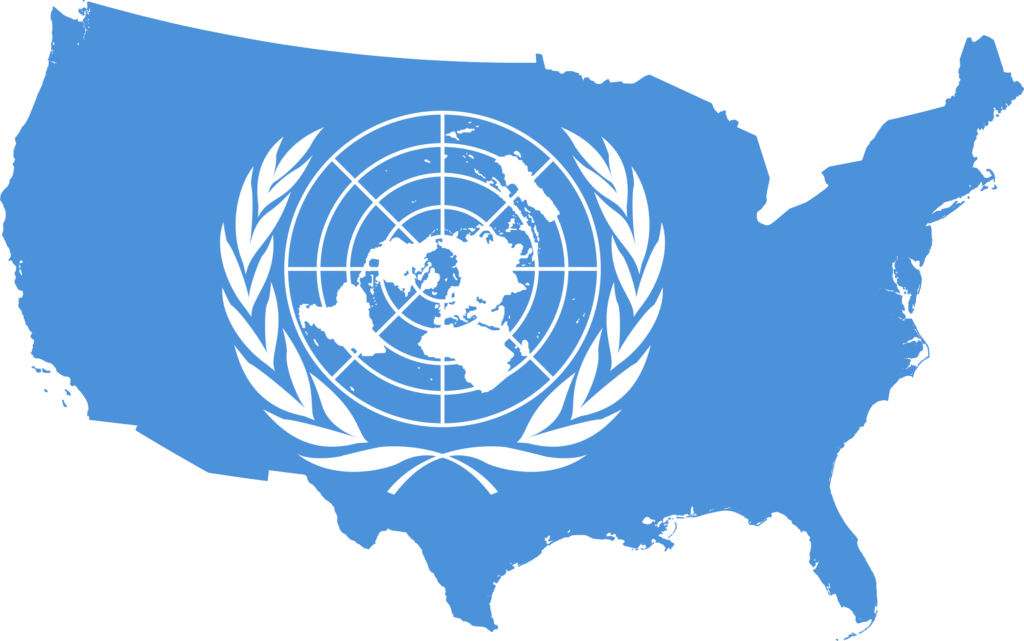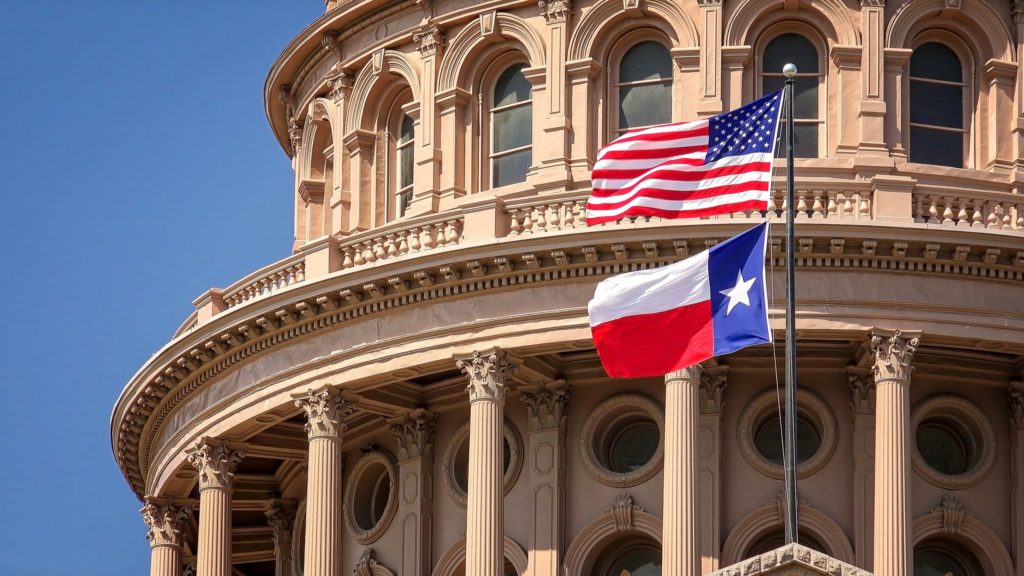The Faulty Assumptions Behind Forcing Open the App Markets
“Too often, it is simply assumed that consumers benefit from more openness, and that shared/open platforms are the natural order of things.” — Dirk Auer
Incredibly, 2022 marks 15 years since the launch of Apple’s iPhone. As revolutionary as the device itself was, many of the most radical ways that smartphones have improved modern life are a result of third-party software apps. Both the Apple App Store and the Google Play Store’s predecessor, Android Market, launched in 2008, and since then the number of app options available has exploded from a few hundred to millions.
In recent years, however, Google and Apple gained powerful detractors because of the amount of control they exercise over the app distribution markets they created. This has led to legislation aimed at forcing more “openness” into the app ecosystem, including the Open App Markets Act (OAMA), S. 2710 and H.R. 7030. Many of the same mandates are present as well in the American Innovation and Choice Online Act (AICOA), S. 2992.
Some of the supposed problems these bills aim to solve are that Google and Apple both force app developers to use their payment systems for in-app purchases; that they unfairly self-preference their own software; and that they make it difficult (very difficult, in Apple’s case) to sideload software from sources like third-party app stores. Supporters of such legislation are so focused on the potential downsides to competition posed by the relatively closed nature of the dominant app stores that they never seem to question whether the architecture of these platforms may, in fact, be what enabled their runaway success.
Tech blogger Benedict Evans has perhaps the best explainer anywhere about how the App Store represented a true quantum leap in software distribution and why it became so successful. As he notes, not only did the App Store make finding and downloading software onto handheld supercomputers incredibly easy, but it also ensured that the apps were trustworthy and that payments for apps and in-app downloads were frictionless and secure.
The trustworthiness of the app stores is absolutely crucial because there are so many things that can go wrong if bad software causes the device to malfunction—imagine not being able to make an emergency phone call because that silly game you downloaded caused a glitch or contained malware. Trust in the safety provided by app stores’ vetting process also makes consumers more likely to be willing to try new apps, which helps smaller developers compete against more established, popular software.
Both Google and Apple have become incredibly effective at screening out poorly designed or malicious apps from their stores; so good, in fact, that some reports found that over 99 percent of known mobile malware was hosted by third-party app stores. iOS devices, which don’t allow any third-party apps or app stores to be sideloaded at all unless the user “jailbreaks” the phone, only accounted for 1.7 percent of total malware infections in 2020. Nevertheless, in spite of a torrent of warnings from tech experts, the OAMA and the AICOA would both mandate that sideloading of third-party apps and app stores be allowed.
Both Android and iOS devices also act as an application sandbox, isolating third-party software from accessing the operating system (OS) except for the ways that the app needs to function. Additionally, there are certain core functions that only the device or OS manufacturer’s own apps can access. There are clear security and privacy reasons why this function is desirable; preventing apps from improperly accessing and collecting a phone’s GPS tracking or microphone, for example. Evans notes that Google used to offer a “less restrictive sandbox than iOS,” but “has spent the last decade slowly rowing towards Apple’s approach” by necessity in order to tamp down on malware.
Regardless, the OAMA and the AICOA both mandate a degree of interoperability, including requiring that third-party apps be granted equal access to whatever device functions that the manufacturer’s own apps have. Both bills include a carve-out that allows app stores to exclude rival apps on the basis of security concerns, but both—especially the AICOA—render these exceptions functionally useless by shifting the burden onto the app stores to prove that their intent was not anti-competitive.
Proponents of forcing Apple to open its devices to sideloading might have a more solid argument in a world where Apple possessed monopoly power over the smartphone and app markets. As it is, over 44 percent of U.S. smartphones run on Android, and the process to transfer data and accounts between iOS and Android devices has become super easy—barely an inconvenience. Android users, in turn, have access to a number of competitors to the Google Play store, some of which—like the Samsung app store—even come preinstalled on their devices.
Consumer preference makes clear that there remains a strong market for a somewhat closed, tightly integrated ecosystem despite any drawbacks. This does not necessarily mean that the current app ecosystem is ideal; it simply means that there are trade-offs between openness and security that should not be up to a government mandate to decide. It is also worth questioning whether these mandates, disregarding their noxious side effects, would have much practical effect on competition, since “alternative app stores and alternative payment methods introduce friction to discovery and monetization that consumers are unlikely to abide.”
Both Google and Apple charge higher per-purchase fees to developers whose apps take in over $1 million in annual revenue, and this structure allows them to let smaller developers access the app store for a nominal fee and make their apps available for free. It is no coincidence that some of the biggest boosters of laws to force open the app stores are large developers like Epic and Spotify, who want to continue to reap the benefits of the customer base they have built via the app platforms but no longer wish to be constrained by their restrictions, particularly with respect to payments.
Allowing the largest developers to bypass Google’s and Apple’s payment systems would likely force them to raise prices for smaller developers, a barrier which ironically would diminish the competition and innovation in the app ecosystem. It would also likely disincentivize Google and Apple from investing as heavily in the upkeep and further development of their stores, as developers might simply use platforms to grow an audience and then leave.
It is not apparent that forcibly opening the app markets would provide benefits in the form of competition or innovation that exceed the real costs of disrupting an ecosystem that generally serves consumers quite well. Particular instances of real anti-competitive or deceptive practices by app store owners can be addressed via existing antitrust and consumer protection laws. Otherwise, Congress ought to have the humility to consider that, in spite of alternatives, people may flock to relatively closed platforms for a reason.







